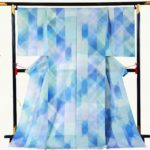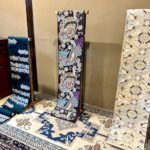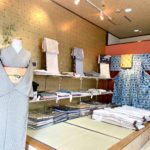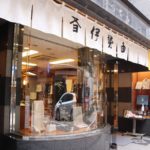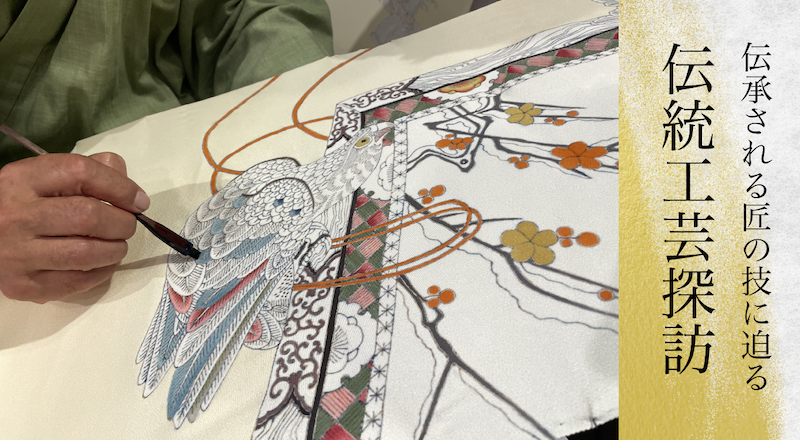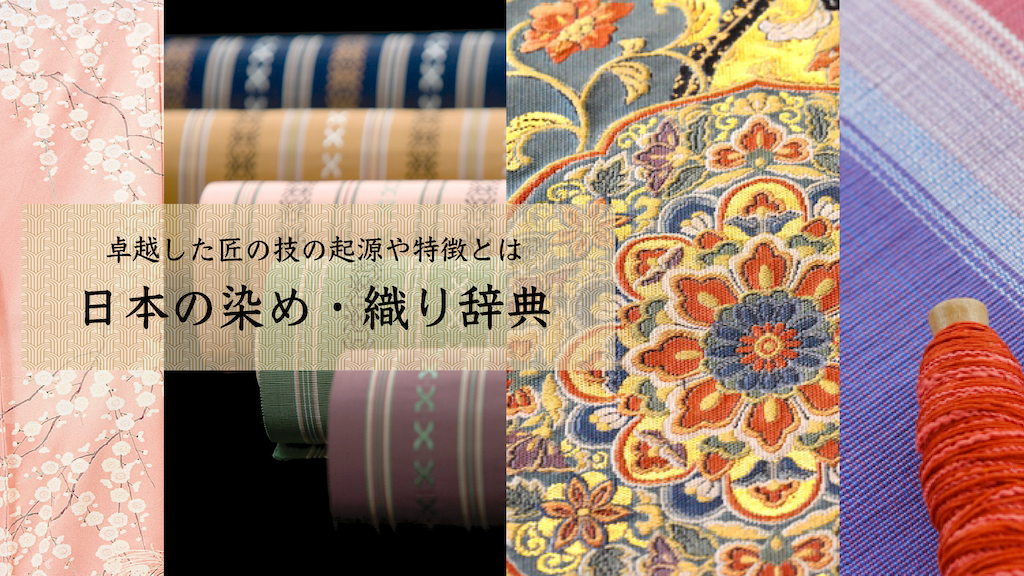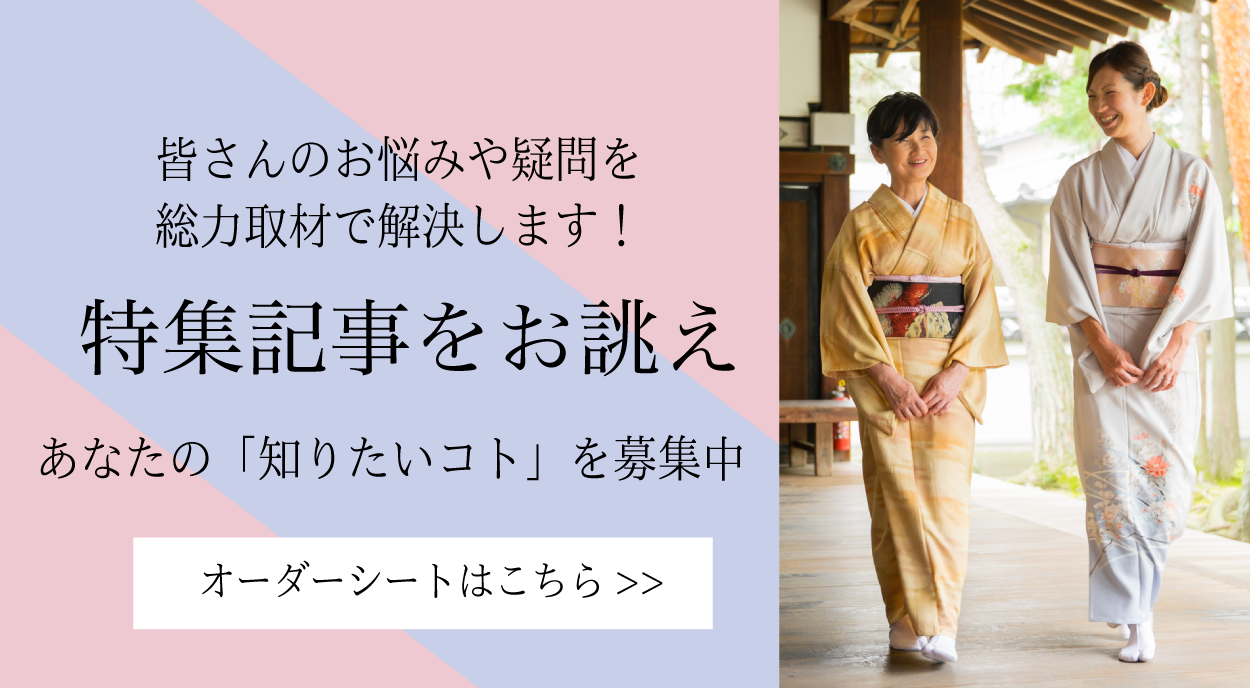甲州大石紬織物
Pronunciation: Koshu-oishi-tsumugi-orimono
Production area: Oishi District, Fujikawaguchiko Town, Minamitsuru County, Yamanashi Prefecture
Koshu-oishi-tsumugi-orimono Textiles are silk fabrics produced in the Oishi District (formerly Oishi Village), located on the northern shore of Lake Kawaguchi, an area with a long history of weaving. Records suggest that striped tsumugi (pongee) was already being produced here during the Tenpo era (1830–1844). Collectively known as Oishi-tsumugi, the fabrics include both “Oishi-tsumugi” and “Oishi Karaito-ori (Karaito Weaving).” Over the Meiji, Taisho, Showa, and Heisei periods, the production processes and tools were refined, yet the integrated system of sericulture, reeling, twisting, dyeing, and weaving has remained unchanged. Traditionally, the area employed the “zakuri” hand-reeling method, and in some cases tsumugi yarn spun from silk floss was used for either the warp or the weft. The official name “Koshu-oishi-tsumugi Textiles” was designated in 1994 when it was recognized as a Yamanashi Prefecture Traditional Local Craft. Today, textiles are still woven using traditional methods, with hand-reeled twisted silk yarn (katayori) from full cocoons for the warp and untwisted tama-ito (double cocoons) for the weft, in either pre-dyed or white plain fabrics.
ooishi-19r.jpg)
ooishi-16-scaled.jpg)
Photo courtesy ofYamanashi Prefectural Industrial Technology Center
IMG_20220620_154624-1-scaled.jpg)
Photo courtesy ofOishi Tsumugi Traditional Craft Museum

